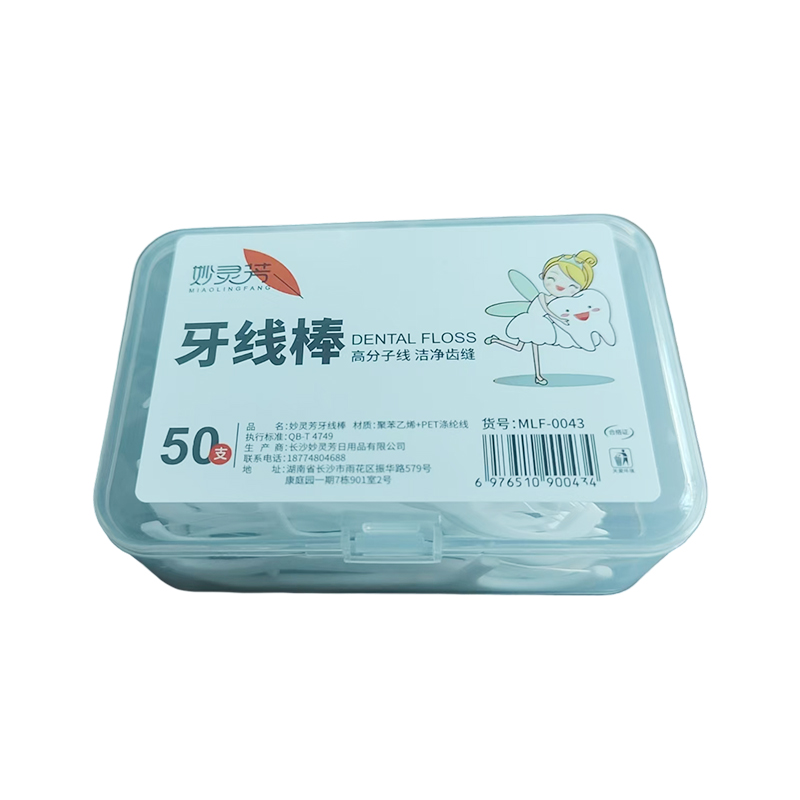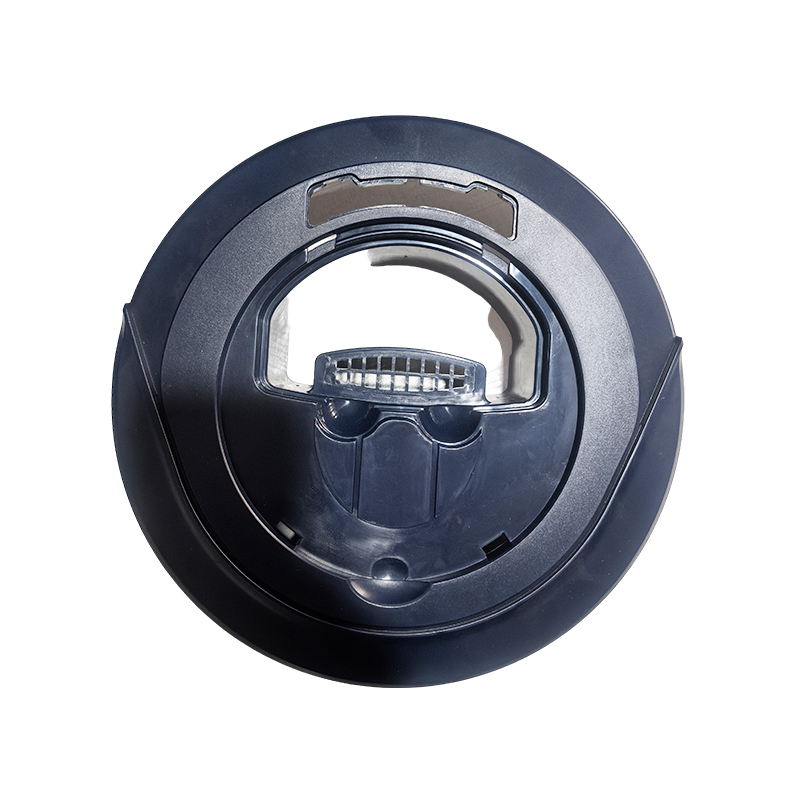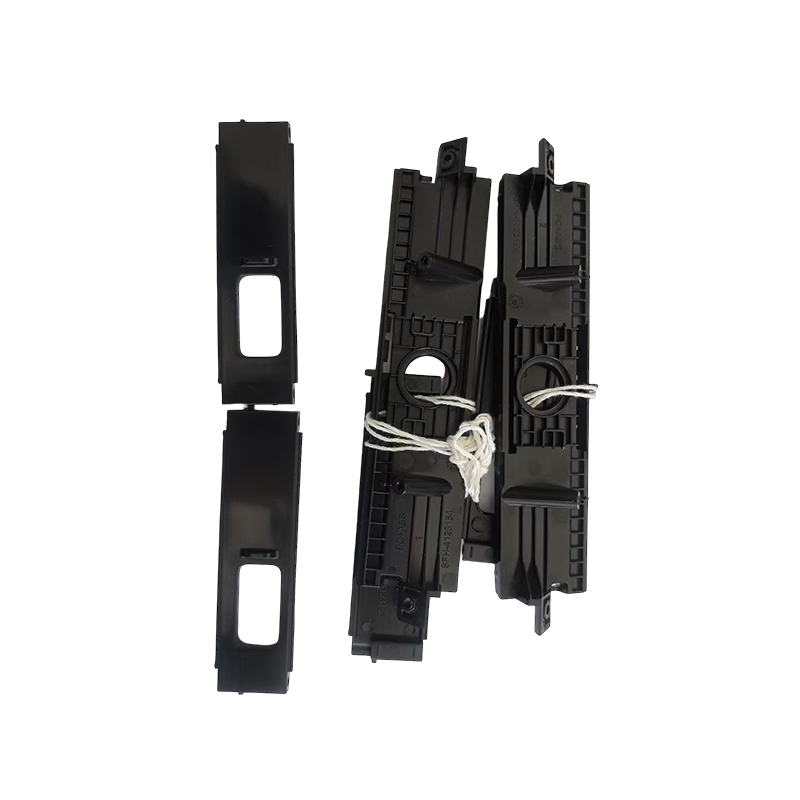Are plastic sweeping machine accessories treated with a scratch-resistant, anti-fingerprint, or matte finish?
Release Time : 2025-08-26
Robot sweepers are frequently used cleaning tools in modern smart homes, and their appearance, quality, and durability directly impact the user experience and product image. Plastic accessories, as the primary components of the sweeper's housing, dust bin, wheels, brush holder, and other components, not only provide structural support and fulfill their functions but are also directly exposed to daily use, frequently coming into contact with dust, detergents, furniture surfaces, and even pet scratches. Therefore, the surface treatment of plastic accessories is crucial for enhancing product quality and long-term aesthetics. Surface technologies such as scratch-resistant, anti-fingerprint, and matte finishes address these challenges, ensuring the sweeper maintains a clean, professional appearance over extended operation.
Scratch-prone surfaces of plastic accessories are a common concern among users. In a home environment, sweepers constantly move between table and chair legs, door thresholds, and walls, leaving the housing and edges vulnerable to friction or collision with hard objects. Scratches on untreated plastic surfaces not only affect the aesthetics but can also harbor dust and stains, making them difficult to clean. To this end, high-end sweeping machine accessories often feature hardened coatings or materials with anti-wear additives to enhance surface toughness and effectively resist everyday scratches. Some products receive a special coating treatment after injection molding, creating a transparent protective film. This treatment preserves the original design and color while significantly enhancing scratch resistance, ensuring the exterior remains factory-fresh even after extended use.
Fingerprint residue is another major concern, particularly on sweepers with dark or high-gloss surfaces. When users move or replace the dust bin or side brush, hand oils inevitably leave traces on plastic components, leaving difficult-to-wipe greasy marks. This not only affects visual cleanliness but also diminishes the product's premium feel. To address this issue, anti-fingerprint treatment technology is widely used in key contact areas. By creating a micro-nano-level oleophobic layer on the plastic surface, grease is repelled, making it easy to wipe off with a dry cloth or wet wipes even after contact. This treatment does not alter the material's physical properties, but significantly improves the ease of daily maintenance, keeping the machine consistently clean and fresh.
Matte finishes focus more on visual quality and creating a user-friendly atmosphere. Unlike high-gloss surfaces, which are reflective and reveal imperfections, matte surfaces offer soft, diffused reflections, effectively reducing light reflections and avoiding glare under indoor lighting or sunlight. Furthermore, the matte texture lends the product a calm, restrained, industrial aesthetic that aligns with modern home aesthetics. More importantly, matte surfaces are inherently more resilient to minor scratches and fingerprints, making them less likely to show signs of dirt or wear even after prolonged use, extending the product's visual lifespan.
These surface treatments aren't isolated; rather, they are applied differently based on the accessory's function, location, and frequency of use. For example, the main unit housing often features a matte anti-fingerprint finish, balancing aesthetics with easy cleaning. Wheel brackets and side brush holders prioritize scratch resistance and abrasion resistance, ensuring they retain their shape despite frequent friction. The dust box surface must balance transparency with stain resistance, making it easier to visualize dust levels while preventing stains from penetrating.
Furthermore, the surface treatment must complement the material's inherent weather resistance and environmental performance. The processing process should not affect the recyclability of the plastic, and the coating material must be non-toxic and meet safety standards for home environments. Furthermore, the coating must not bubble, peel, or discolor in environments subject to alternating high and low temperatures, humidity, and heat, ensuring long-term stability.
In summary, the use of surface treatments such as scratch-resistant, anti-fingerprint, and matte finishes on plastic sweeping machine accessories not only enhances product durability and ease of maintenance, but also enhances the user's visual and tactile experience. These meticulous details reflect the pursuit of quality beyond functionality in smart home appliances, making sweepers not only efficient cleaning tools but also a harmonious and aesthetically pleasing addition to the home environment.
Scratch-prone surfaces of plastic accessories are a common concern among users. In a home environment, sweepers constantly move between table and chair legs, door thresholds, and walls, leaving the housing and edges vulnerable to friction or collision with hard objects. Scratches on untreated plastic surfaces not only affect the aesthetics but can also harbor dust and stains, making them difficult to clean. To this end, high-end sweeping machine accessories often feature hardened coatings or materials with anti-wear additives to enhance surface toughness and effectively resist everyday scratches. Some products receive a special coating treatment after injection molding, creating a transparent protective film. This treatment preserves the original design and color while significantly enhancing scratch resistance, ensuring the exterior remains factory-fresh even after extended use.
Fingerprint residue is another major concern, particularly on sweepers with dark or high-gloss surfaces. When users move or replace the dust bin or side brush, hand oils inevitably leave traces on plastic components, leaving difficult-to-wipe greasy marks. This not only affects visual cleanliness but also diminishes the product's premium feel. To address this issue, anti-fingerprint treatment technology is widely used in key contact areas. By creating a micro-nano-level oleophobic layer on the plastic surface, grease is repelled, making it easy to wipe off with a dry cloth or wet wipes even after contact. This treatment does not alter the material's physical properties, but significantly improves the ease of daily maintenance, keeping the machine consistently clean and fresh.
Matte finishes focus more on visual quality and creating a user-friendly atmosphere. Unlike high-gloss surfaces, which are reflective and reveal imperfections, matte surfaces offer soft, diffused reflections, effectively reducing light reflections and avoiding glare under indoor lighting or sunlight. Furthermore, the matte texture lends the product a calm, restrained, industrial aesthetic that aligns with modern home aesthetics. More importantly, matte surfaces are inherently more resilient to minor scratches and fingerprints, making them less likely to show signs of dirt or wear even after prolonged use, extending the product's visual lifespan.
These surface treatments aren't isolated; rather, they are applied differently based on the accessory's function, location, and frequency of use. For example, the main unit housing often features a matte anti-fingerprint finish, balancing aesthetics with easy cleaning. Wheel brackets and side brush holders prioritize scratch resistance and abrasion resistance, ensuring they retain their shape despite frequent friction. The dust box surface must balance transparency with stain resistance, making it easier to visualize dust levels while preventing stains from penetrating.
Furthermore, the surface treatment must complement the material's inherent weather resistance and environmental performance. The processing process should not affect the recyclability of the plastic, and the coating material must be non-toxic and meet safety standards for home environments. Furthermore, the coating must not bubble, peel, or discolor in environments subject to alternating high and low temperatures, humidity, and heat, ensuring long-term stability.
In summary, the use of surface treatments such as scratch-resistant, anti-fingerprint, and matte finishes on plastic sweeping machine accessories not only enhances product durability and ease of maintenance, but also enhances the user's visual and tactile experience. These meticulous details reflect the pursuit of quality beyond functionality in smart home appliances, making sweepers not only efficient cleaning tools but also a harmonious and aesthetically pleasing addition to the home environment.







